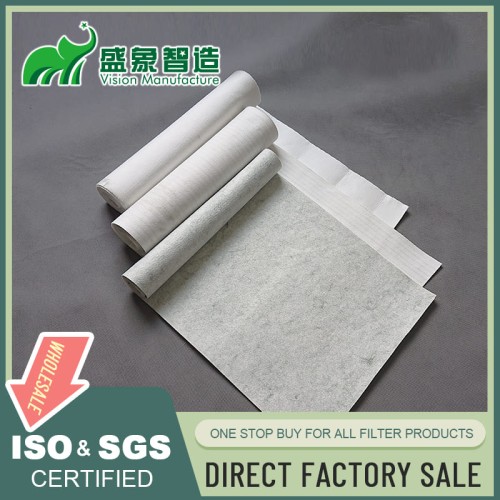Geotextiles have become a cornerstone in construction and environmental projects, revolutionizing how professionals approach ground stabilization and filtration. As critical components, these fabrics play pivotal roles in the longevity and success of infrastructure.
Non-woven geotextile fabrics, known for their exceptional permeability and adaptability, stand out as an essential selection in construction materials today.
Non-woven geotextile fabrics are engineered through processes that mechanically, thermally, or chemically bond fibers together, creating a random, felt-like structure that is ideal for filtration and separation. This structure allows for high water flow while preventing soil movement. Key properties include their robustness, thickness, and resistance to biodegradation, making them suitable for a variety of challenging environments.
These fabrics are integral to multiple domains:
- Civil Engineering Projects: They provide stabilization and support in roadways and railways.
- Environmental Protection: Used in erosion control and to maintain landscape integrity.
- Agriculture and Landscaping: Enhances soil stability and moisture content.
- Industrial Filtration: Offers a link to the filtration sector, connecting back to Vision Filter’s expertise in producing materials that aid in effective filtration solutions.
Non-woven geotextiles enhance soil stability, significantly improve water filtration, and are cost-effective solutions for long-term projects. Their durability under physical and chemical stress supports environmental sustainability by minimizing the need for replacements and reducing waste.
Choosing the right geotextile fabric involves considering weight, thickness, and permeability, tailored to specific project needs. Tips for selecting the optimal fabric include assessing the environmental conditions and expected load pressures, ensuring the chosen fabric meets the necessary specifications for a successful application.
Proper installation of non-woven geotextile fabrics is crucial. Techniques include proper overlapping, securing, and situating the fabric to prevent movement. Maintenance involves regular inspections to ensure integrity, while common pitfalls include improper overlap which can lead to system failure.
Vision Filter leverages its deep knowledge in non-woven fabric technology to produce superior geotextile products. Adhering to stringent quality control measures and leveraging state-of-the-art manufacturing processes ensures that each product performs to its specifications. Case studies demonstrate their success in various applications, underscoring their capability and expertise.
The industry is witnessing advancements in the manufacturing processes of non-woven geotextile fabrics that increase their efficiency and environmental friendliness. Emerging markets continue to expand the applications of geotextiles, promising a dynamic future in both traditional and novel uses.
Non-woven geotextile fabrics are indispensable in modern construction and environmental projects. Quality selection and proper installation are key to leveraging their full benefits. Vision Filter's commitment to excellence and innovation in geotextile production makes them a leader in the industry. For more information or to discuss your project needs, contact Vision Filter today.


